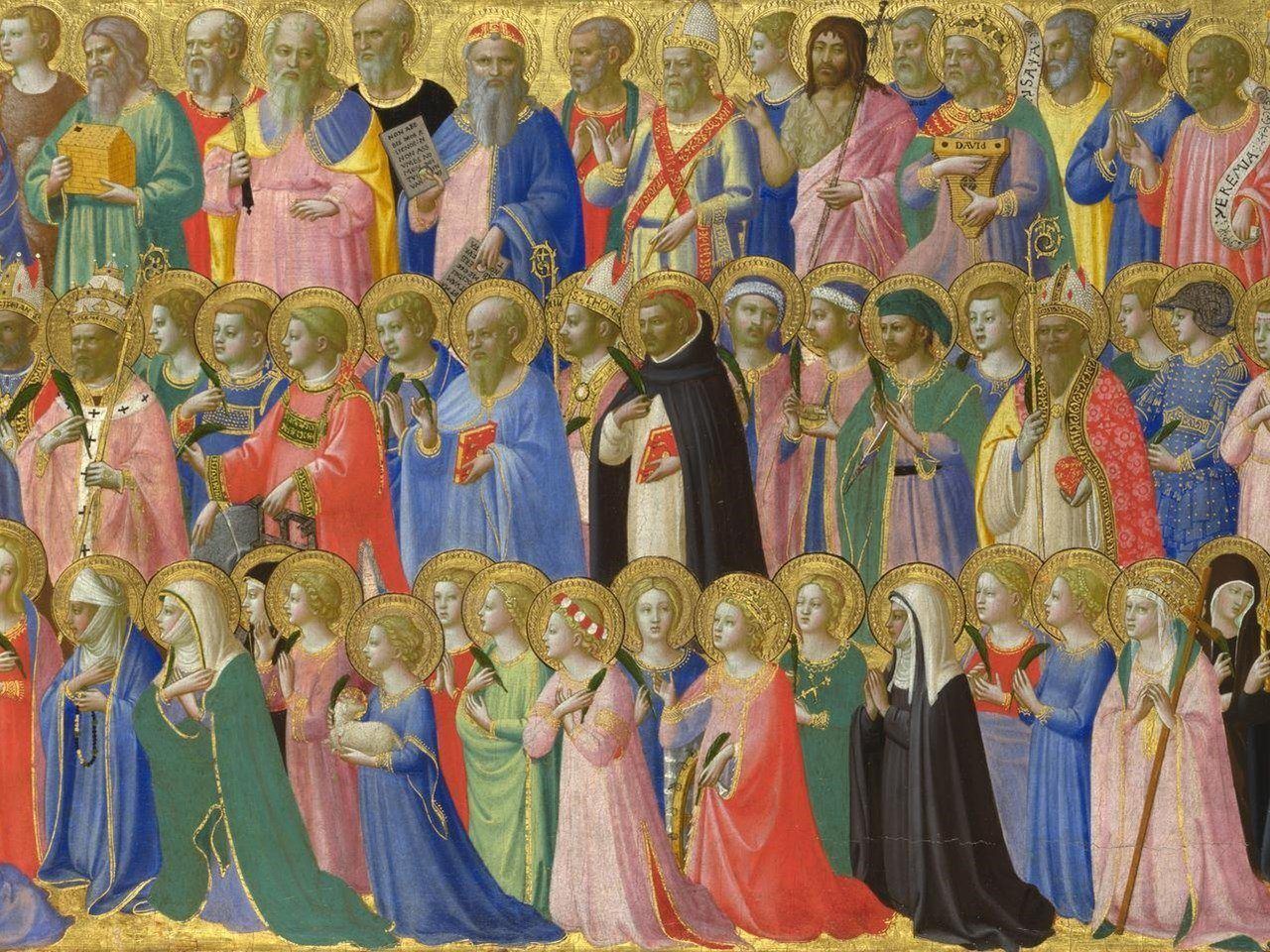The dead, like old coins, are the currency that are out of circulation. Cemeteries, the places where graves enshrine their bones, are the sack of Hades. By the rules of nature inscribed in biology, the dead are replaced by new generations which, one day, will themselves be replaced by a new series, minted by future generations.
This biological rule was applied to the life of human societies by Edmund Burke who, in his Reflections on the Revolution in France, defined society as a contract between the dead, the living and the unborn – “a clause in the great primaeval contract of eternal society, linking the lower with the higher natures, connecting the visible and the invisible world, according to a fixed compact sanctioned by the inviolable oath which holds all physical and all moral natures.” By saying that the goal of historical writing is to preserve great human deeds from falling into oblivion, the Greek historian Thucydides gave us another insight – memory is the glue with which the past and future are held together. T.S. Eliot was not far from Burke when he wrote:
Time present and time past
Are both perhaps present in time future,
And time future contained in time past.
If all time is eternally present
All time is unredeemable.
What might have been is an abstraction
Remaining a perpetual possibility
Only in a world of speculation.
What might have been and what has been
Point to one end, which is always present.
Footfalls echo in the memory
Down the passage which we did not take
Towards the door we never opened
Into the rose-garden. My words echo
Thus, in your mind.
But to what purpose
Disturbing the dust on a bowl of rose-leaves
I do not know.
Other echoes
Inhabit the garden. Shall we follow?
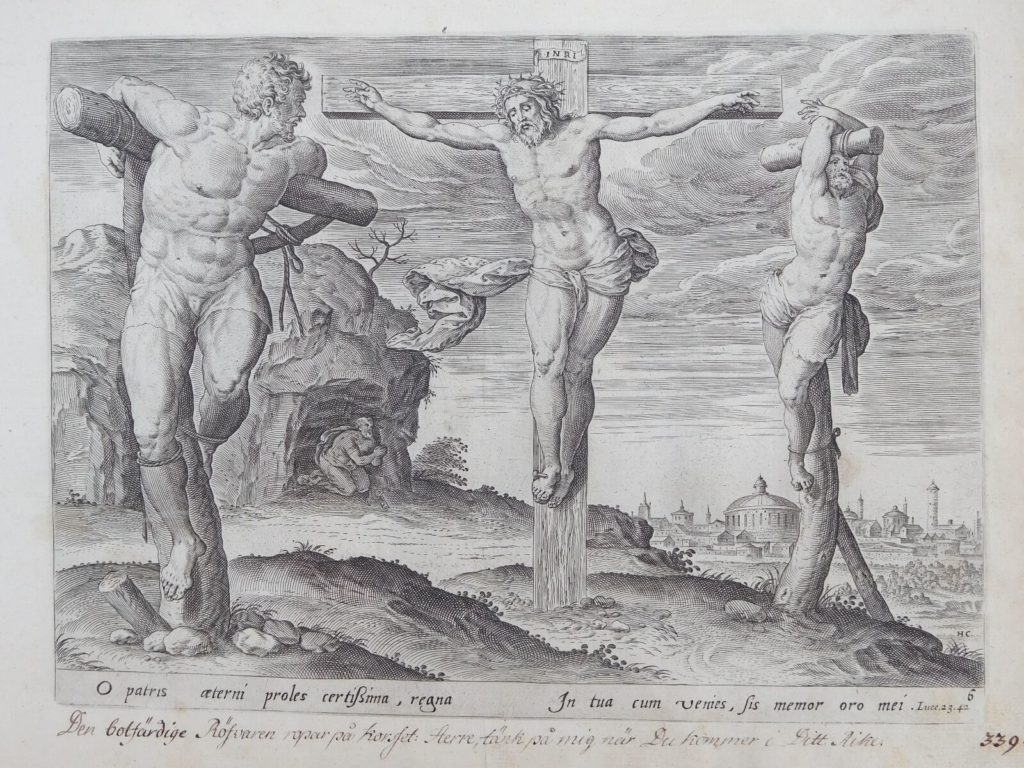
To conservatives, the dead are very much alive. Conservatives carry the memory of the dead and their achievements. It is a memory filled with words and ideas of writers, poets, thinkers; with images created by sculptors and painters; and with sounds from composers of music. The words and ideas of the dead are never rendered obsolete or superseded. To the conservative, they resound in the present with the same vitality they had when they were first uttered decades or centuries ago. Homer, Sappho, Plato, Aristotle, Thucydides, Virgil, Dante, and others are as much our contemporaries as they were the contemporaries of those who knew them personally.
Burial sites are a great proof of this; and what they look like is also a reflection of who we were and are. The Pere Lachaise and Montmartre cemeteries in Paris are probably the most famous necropoleis of the Western world. But first and foremost, they are monuments of France’s national history and French greatness. You find there many famous French cultural figures you’ve heard of, or have studied in school. Alfred de Musset, Balzac, Molière, Racine, Abelard and Héloise, several of Napoleon’s marshals, or foreigners, such as Oscar Wilde and Chopin. (On November 1st, lovers of Chopin’s music place a boombox on his grave which plays his compositions.) And, of course, Jim Morrison!
It may sound strange that Italians, who outnumber all Western nations in artistic genius, do not have a cemetery like Pere Lachaise. The reason is of historical – the lack of a central government (which came about only in 19th century with the unification by Garibaldi), and the fact that no single Italian city came to fully dominate others, like Paris did in France – which explains why the bones of famous Italians are scattered all over the country, with several in the Church of Santa Croce and in the cloister in Florence. Dante is in Ravenna. Rafael and the late 17th-century music composer Corelli are in Rome, in the Pantheon with the kings of Italy. Boccaccio is buried in the small Tuscan town of Certaldo. Petrarch lies in the town of Arquà, not far from Padua. Verdi is in Milan; and Garibaldi on the island of Caprera. The dictator Mussolini is in the small town of Predappio, where he was born. Finally, even though the tomb of Julius Caesar does not exist, contemporary Romans lay flowers by his statue in Rome.
Germany, too, consisted of principalities, and the fate of the German dead is like that of the Italians. One would look in vain for a cemetery in Berlin for famous Germans. However, if you are a student of philosophy, you can place a lit candle on the grave of Hegel and his wife, which is right next to Fichte and his wife. Literature students can do the same on Bertolt Brecht’s grave.
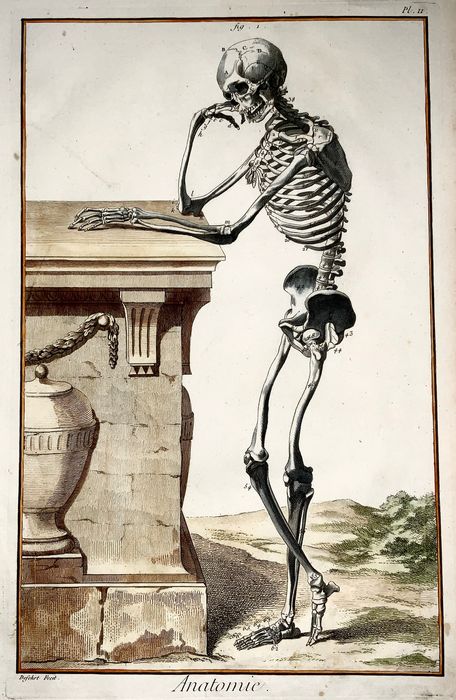
There are also special cemeteries for kings, such as, the St. Denis Abbey near Paris, or Wawel cathedral in Krakow. Other nations have similar places. And, of course, the Vatican, where the Popes rest.
Yet politics (the existence or non-existence of central government and the dominance of one city over the rest) is not the only factor that has had influence on what, where, and how the dead rest. Walking through cemeteries, we realize how different they are.
The characteristic thing about most American cemeteries is that they look like grass fields with vertical tombstones, between which the maintenance man drives a lawnmower, making it look “good.” Such design goes beyond what we might suspect is a matter of American efficiency that makes maintenance of cemeteries easier. Just like in all aspects of visual arts, there is a significant difference between the Catholic and Protestant mentalities and their respective sense of aesthetics. While simple tombstones reflect Protestant austerity, Neo-Gothic or Classical Greco-Roman styled temples are characteristic of Catholic cemeteries – though Lafayette Cemetery in New Orleans (a former French colony), Laurel Hill Cemetery in Philadelphia, and a few others, mainly in LA and San Francisco, speak the language of Catholic aesthetics in Protestant America.
Here is another detail which one should not bypass. Walking through the cities and towns of Protestant countries, especially in the US, we notice small cemeteries near churches, close to the main streets, something you hardly ever see in Europe, unless you happen to be in the UK. The reason is simple – these churches are or used to be denominational – Baptist, Presbyterian, Episcopalian, Anglican, Lutheran, Adventist, etc. – and no single cemetery was supposed to belonged to the whole population united by the same confession. The exception to this rule in Catholic countries was the split between the Christian and the Jews who had their own burial places, which since the beginning of the 19th century were situated outside the city limits. As the cities grew and expanded, today they are within the city proper, but still form separate enclaves.
Over a decade ago, my daughter and I flew from Baltimore to Krakow where I was born. We stayed with my friends who happened to live near a cemetery. Each day we would walk through it. What was unusual for us — visitors from the New World — was that there were lots of flowers. It was May and I could not think of any holiday. “Daddy,” my daughter, who was in seventh grade at the time, said, “your people love the dead.”
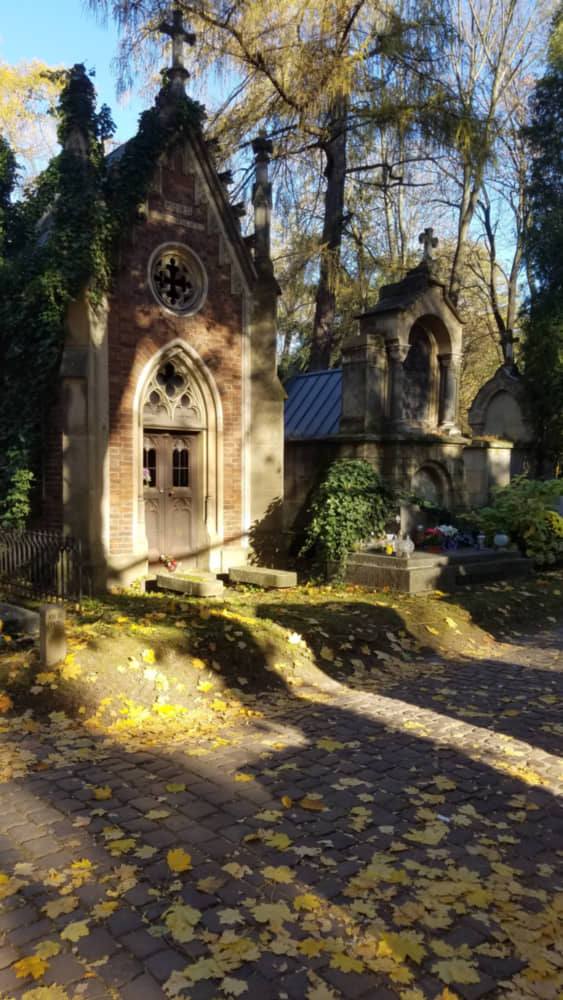
“My people” sounded strange, but she was right. We visited several cemeteries in Baltimore as part of her art history education, looking at designs on tombstones, but we did not see any flowers or candles. “My people” love the dead, but it is not just a Polish predilection; and visiting loved ones who passed away is very much alive in other Catholic countries as well. All Saints’ Day is exceptional and most festive. According to historians, the first celebrations of All Saints’ Day took place in the fourth century, around the Feast of the Lemures on May 13th. November 1st, the day we celebrate now, goes back to the seventh century, when Pope Gregory III founded a repository for the relics of all the apostles, martyrs, and saints.
All Saints’ Day is not merely a celebration of the memory of great men and saints. First and foremost, it is a day when we face the dead members of our own families. As we stand by the grave, we experience their painful absence in our lives. The quiet that fills our minds, as we stand there, is their voice that reminds us that we are mortal; that we too, one day, will rest there. We can only hope that we will not be entirely forgotten by our own family; and that at least once a year, someone will visit us to light a candle and lay a chrysanthemum (the flower associated with this day) in memory of us.
Those of us who happen to live in the New World, optimistic and future-oriented, are often oblivious to what cemeteries remind us of – death and the connection to the past. Most cemeteries in big American cities and towns look like they have been deserted for decades. The tombstones stand higgledy-piggledy like scarecrows; the epitaphs badly eroded. It is real-estate, whose inhabitants have no identify. Not many people have visited them for a long time; and over time they have deteriorated. The reason for this is, partly, the mobility of American society; probably unprecedented in world history. In Europe, it is still the case that you die in the same place where you were born; and if you happen to live in a different city, you are close enough to travel to see the family graves.
There is another reason, however. All Saints’ Day, November 1st, like a name day, is part of the Catholic calendar, and because 365 days could not include all the names of the saints, one needed to establish one day to honor them. The practice originated in the Middle Ages, to commemorate the martyrs; and each saint falls on one day of the year. If your name happens to be Patrick, your name day is March 17th. The lavishly celebrated St. Patrick’s Day in the US is one of those Catholic imports to Protestant America. However, as the Reformation did away with the cult of the saints, the name day and All Saints’ Day ceased to be celebrated in most Protestant countries as well.
Now that religious differences between Protestant denominations on the one hand and Protestants, Catholics and Orthodox on the other are, at best, a matter of the past, and being Jewish or Christian matters less than ever before, it is not religious zeal that makes cemeteries look different. It is our perception of life and death. In his essay “Modernity on Endless Trial,” Leszek Kolakowski put his finger on the problem in a way characteristic of his style of thinking:
“The taboo regarding respect for the bodies of the dead seems to be a candidate for extinction, and although the technique of transplanting organs has saved many lives and will doubtlessly save many more, I find it difficult not to feel sympathy for people who anticipate with horror a world in which dead bodies will be no more than a store of parts for the living or raw material for various industrial purposes; perhaps respect for the dead and for the living –and for life itself – are inseparable. Various traditional human bonds which make communal life possible, and without which our existence would be regarded only by greed and fear, are not likely to survive without a taboo system, and it is perhaps better to believe in the validity of even apparently silly taboos than to let them vanish.”
An organized mafia of medical oligarchs trading human organs is not difficult to imagine; and we should not exclude the possibility that as the world becomes more and more rational, some will get sacrificed for others. Two films, Coma (1979) with Jane Fonda and Michael Douglas, and Extreme Measures (1997), with Hugh Grant and Gene Hackman, explore this issue. The desire to prolong life, even at the expense of the living who have parts necessary for the survival of others, is a way of abolishing life. In such a world, I no longer see you as you, but as a walking store of parts necessary for my own survival.
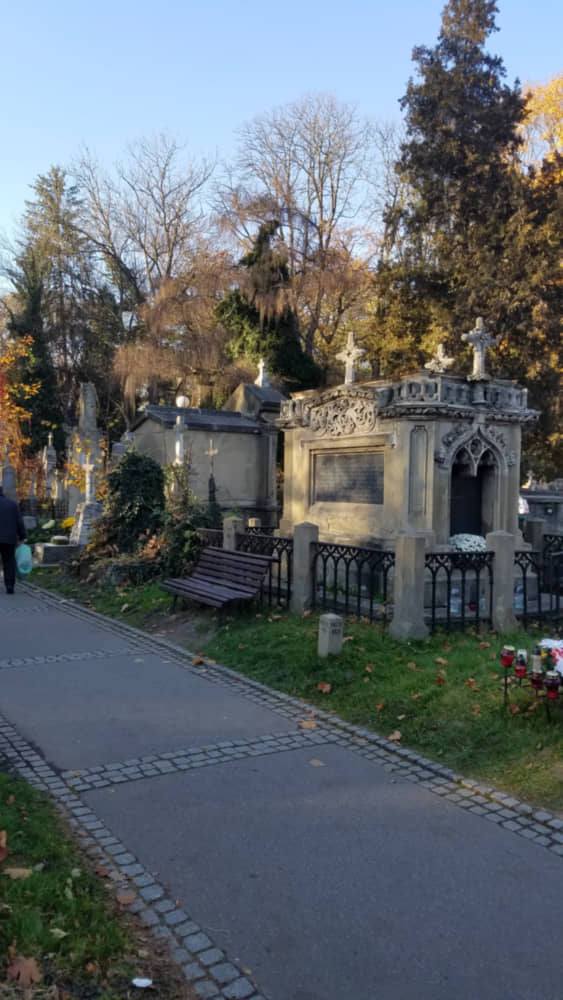
But there is another scenario, perhaps even more morbid. Why not to give the poor the opportunity to improve their living conditions for a certain number of years, provided they sell their parts in advance. Such a scenario does not involve coercion or the abduction of people, as the two above-mentioned movies suggest, let alone the existence of a medical mafia. All that is needed is a voluntary act on the part of the seller. The argument that says that it is better to live a shorter life than a longer one in poverty is perfectly rational, and thus would have to be considered perfectly legal. Pacta sunt servanda – it would be difficult to question the validity of such a decision. It could even be called “the Faustus clause,” or “the Faustus New Deal,” with a modern-day Mephistopheles. In such a world, cemeteries will no longer be what they were – a place where we venerate the dead or ponder our place in society and the world – but a vast area filled with incomplete human remains.
All scenarios are possible; but something else should worry us too. The dead can become an object of attacks by those who are alive. Recent cases of desecration of Jewish graves in the US, France and Germany show the irrationality of hatred. The “woke” ideology’s onslaught on the Dead White European Males which led wild crowds to tear down monuments of famous people can make them to go after the graves of the famous dead. History knows many cases of grave desecration, and we should not exclude that something like that can happen. It most likely will.
Zbigniew Janowski is the author of Cartesian Theodicy: Descartes’ Quest for Certitude, Index Augustino-Cartésien, Agamemnon’s Tomb: Polish Oresteia (with Catherine O’Neil), How To Read Descartes’ Meditations. He also is the editor of Leszek Kolakowski’s My Correct Views on Everything, The Two Eyes of Spinoza and Other Essays on Philosophers, John Stuart Mill: On Democracy, Freedom and Government & Other Selected Writings. His new book is Homo Americanus: Rise of Democratic Totalitarianism in America.
The featured image shows, “The Forerunners of Christ with Saints and Martyrs,” likely by Fran Angelico; painted ca. 1420.
